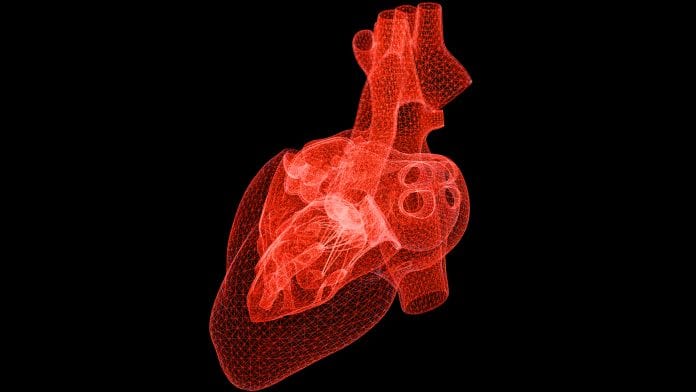
Scientists have created the most detailed 3D heart scan of a rare form of congenital heart disease.
The team at the University of Manchester have created a ‘walk through’ 3D video for the first time which allows for a precise anatomical classification of the disease and has important implications on future treatment for many of the heart defects humans are born with, as well as animals.
The study has been published in the Journal of Veterinary Cardiology.
Common arterial trunk
Japanese veterinary researcher Dr Shu Nakao contacted Manchester University when a cat he had been treating died and he had been unable to make an accurate diagnosis postmortem.
Using cutting edge technology, which carries out Micro-Computed Tomography (Micro CT), the team were able diagnose a rare but distressing condition called common arterial trunk, which can be treated with heart surgery. Micro CT can create an intricately detailed scan of the heart at a resolution of 40 microns – equivalent to a quarter of the width of a human hair.
Less than 1 in 10,000 babies are born with common arterial trunk and around 95 out of every 100 babies who have surgical repair will survive.
3D heart
In common arterial trunk, there is a single large artery which divides to form the aorta and the pulmonary artery instead of leaving the heart as two separate arteries, as well a large hole between the two main pumping chambers which causes a mix of blood flow to the lungs and rest of the body.
Dr Andrew Atkinson said: “This scan not only provides the most detailed ever anatomical description of the condition, but also demonstrates that it can be used for any congenital problem of the heart.
“Micro-computed tomography improves our understanding of the complex morphology in congenital heart diseases which cannot be seen by the naked eye and that can contribute to precise disease classification and treatment decision-making for surgeons and cardiologists. In animals, it’s particularly hard to diagnose and treat, so this research will be of invaluable use to vets as well.”
Dr Halina Dobrzynski said: “Not only is this technology invaluable clinically, it could be of enormous benefit to the parents of newborn babies who are struggling to come to terms with these rare but distressing conditions. Congenital heart disease is difficult to understand, so having this as an aid to explain what is going on would be incredibly helpful. Now we have the tools to do this, we are inviting clinicians and veterinary surgeons to get in touch if they wish to work with us to help map these conditions.”









